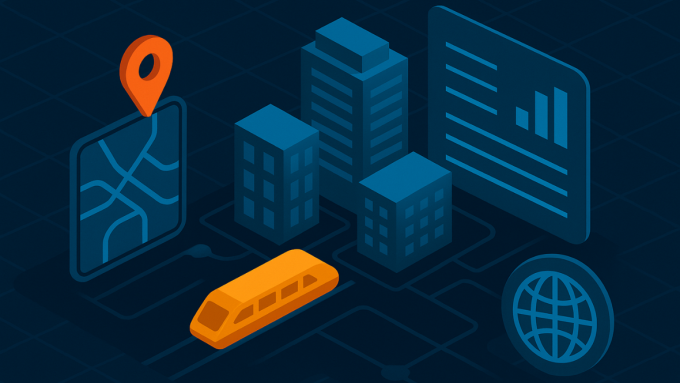Intelligent infrastructure is a new trend that aims to create a work of connected physical and digital objects together in industrial domains via a complex digital architecture which utilises different advanced technologies. A core element to this is the intelligent and autonomous component. Two-tiers intelligence is a novel new concept for coupling machine learning algorithms with knowledge bases. The lack of availability of prior knowledge in dynamic scenarios is without doubt a major barrier for scalable machine intelligence. The interaction between the two tiers is based on the concept that when knowledge is not readily available at the top tier, the knowledge base tier, more knowledge cab be extracted from the bottom tier, which has access to trained models from machine learning algorithms.
It has been reported that the need for intelligent autonomous systems – based on AI and ML – operating in real-world conditions to radically improve their resilience and capability to recover from damage. It has been expressed the view that there is a prospect for AI and ML to solve many of those problems. A claim has been made that a balanced view of intelligent systems by understanding the positive and negative merits will have impact in the way they are deployed, applied, and regulated in real-world environments. A modelling paradigm for online diagnostics and prognostics for autonomous systems is presented. A model for the autonomous system being diagnosed is designed using a logic-based formalism, the symbolic approach. The model supports the run-time ability to verify that the autonomous system is safe and reliable for operation within a dynamic environment. However, during the work we identified some areas where knowledge for the purpose of safety and reliability is not readily available. This has been a main motive to integrate ML algorithms with the ontology.
After decades of significant research, two approaches to modelling cognition and intelligence have been investigated and studied: Networks (or Connectionism) and Symbolic Systems. The two approaches attempt to mimic the human brain (neuroscience) and mind (logic, language, and philosophy). While the Connectionism approach considers learning as the main cognitive activity, the Symbolic Systems are broader, they also look at reasoning (for problem solving and decision making) as the main cognitive activity besides learning. Although, learning isn’t the focus of Symbolic Systems, powerful – but limited – methods were applied, such as ID3 (define) and its different variations and versions. Furthermore, the Connectionism approach is concerned with data while Symbolic Systems are concerned with knowledge.
Psychologists have developed non-computational theories of learning that have been the source of inspiration for both approaches. Psychologists have also differentiated between different types of learning (such as learning from experience, by examples, or a combination of both). In addition, unlike in animals (it is difficult to test intelligence in non-human creatures), human psychologists have also produced methods to test human intelligence. Mathematicians have also contributed statistical methods and probabilistic models to predict behaviour or to rank a trend. The subject of Machine Learning (ML) is the bag for all algorithms used to mine data in the hope that we can learn something useful from the data, which is usually distributed, structured or unstructured, and of significant size. Although there are several articles on the differences and similarities between Artificial Intelligence and Machine learning, and articles on the importance of the two schools, there are no real or practical attempts that have been reported in the literature to practically use or combine the two approaches together. Therefore, this is an attempt to settle the ongoing conflicts between the two existing thoughts for modelling cognition and intelligence in humans. We argue that two-tiers intelligence is a mandate for machine intelligence as it is the case for human. Animals, on the other hand, have one-tier intelligence, which is the intrinsic and the static know-how. The harmony between the two tiers can be viewed from different angles, however they complement each other, and both are mandatory for human intelligence and hence machine intelligence.
The lack of availability of prior knowledge in dynamic complex systems of is without doubt a major barrier to scalable machine intelligence. Several advanced technologies are used to control, manipulate, and utilise all parts whether software, hardware, mobile assets such as robots, or even infrastructure assets such as wind turbines. The two-tiers intelligence approach will enhance the learning and knowledge sharing process in a setup that heavily relies on some sort of symbiotic relationships between its parts and the human operator.



Leave a comment